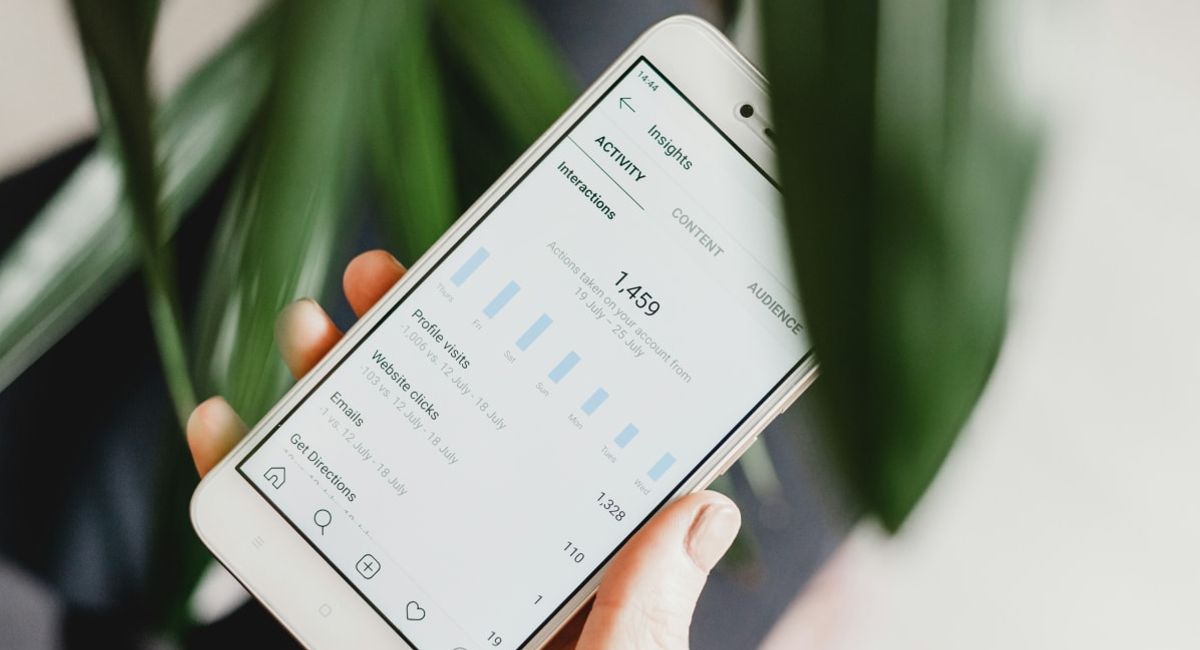Tradeshows offer so much more than just sales opportunities: they are dynamic platforms where businesses can explore many strategic goals tailored to their unique needs. Instead of just focusing on leads or ROI, we encourage you to explore the many different goals your business might have.
This blog will guide you to select and measure a range of lesser-known tradeshow outcomes, helping you get a clear picture of how these events can truly advance your business.
Set Diverse Tradeshow Goals
Before you set foot on the tradeshow floor, it’s important to define what success looks like for your company beyond just ROI and lead capture. What will really move the needle for you?
Think creatively. Some ideas include:
- Brand Awareness: Increasing visibility and recognition of the brand among attendees.
- Market Research: Gathering insights about industry trends, customer needs and competitor strategies.
- Customer Engagement: Deepening relationships with existing customers through face-to-face interactions.
- Product Launches: Introducing new products or services to the market and gauging attendee reactions.
- Networking: Establishing new industry connections with potential partners, suppliers or influencers.
- Thought Leadership: Positioning the company or key individuals as experts through speaking engagements or panel discussions.
- Employee Recruitment: Attracting potential candidates for employment by showcasing company culture and opportunities.
- Investor Relations: Meeting with current or potential investors.
- Media Coverage: Attracting media attention to gain coverage in industry publications or news outlets.
- Educational Outreach: Providing educational content or training sessions that can help position your company as a helpful and knowledgeable industry leader.
- Customer Feedback: Collecting direct feedback on products, services or overall brand experience to inform future development.
- Social Media Engagement: Aim to increase interactions on platforms like Instagram or LinkedIn.
Setting clear, measurable goals tailored to any of these diverse objectives is a great step towards meaningful tradeshow participation and should show you that there’s so much more to gain from tradeshows than just financial return.
How to Choose Your Tradeshow Goals
If you don’t know where to start, take a look at your overarching business strategy. Aligning tradeshow activities with these can help you choose the right metrics to measure. For example, if your goal is brand awareness, metrics might include interactions on your exhibit, and social media engagement or reach. If you're looking to expand your distribution network, the number of meaningful conversations with potential partners becomes a key metric.
Customise the KPIs Within your Goals
Each objective gets its own set of KPIs. Doing this breaks down your goal into a series of smaller, quantifiable targets.
For instance, if attracting new employees is your goal, you might track the number of meetings with prospects. For educational outreach, you might measure the amount of conference sessions your team spoke at.
Case Study: Saltire Infrastructure
Consider the example of Saltire Infrastructure, who wanted to foster relationships through tradeshow participation. The specific target they defined was to meet with two principal government contacts. By focusing on this precise objective, they could tailor their booth activities and staff assignments to facilitate these high-value interactions. (They achieved this goal, by the way!).
Read case studyHow to Measure your Tradeshow Objectives
Traditional tools for measuring success often focus on financial metrics such as ROI or cost-per-lead. Yes, these are important, but they don’t capture the whole picture, so you really need to audit your measurement toolkit.
Review the systems you already have in place, and make sure anything you add works well with it. For example, your touch screen solution should link captured data to your CRM system; your lead scanner should help score leads so they are funneled into personalised marketing streams.
Whichever systems you use, make sure you measure the same thing every time you do a show. Consistency in measuring is important so that you can clearly compare shows and see what worked at each event.
Leverage Data for Strategic Decisions
Post-show analysis is vital. Many B2B tradeshow attendees see conversions after the event, so tracking during this time is really important. Consider looking at:
- click-through rate
- email open rate
- new customers gained
- lead-to-sale conversion rate
- cost-per-lead
- web traffic
Having this holistic approach can really impact how you see the success of a tradeshow. For some of our clients it can take 1-3 years to nurture a tradeshow lead into a sale, but you won’t know where to attribute your sale unless you’re tracking it!
Tradeshows offer a rich platform to achieve so many business objectives, but success requires a broad lens and consistent measurement. By setting unique goals and employing diverse metrics, your business can capture the true potential of its tradeshow investments. Remember, every tradeshow is an opportunity to advance your business in more ways than one.
Looking for a clear framework to get better tradeshow results? We can help you set meaningful goals and analyse your outcomes to refine your strategy. Get in touch to learn more about our range of services designed to get more business for your business through B2B tradeshows.



